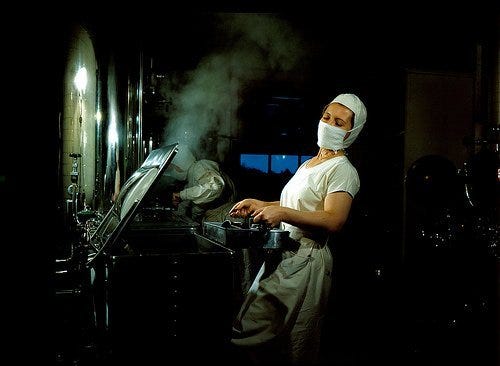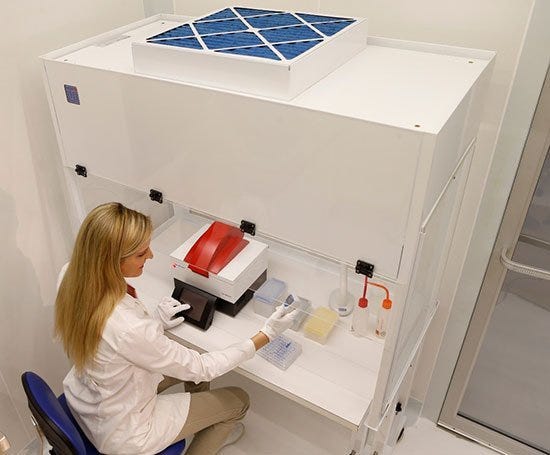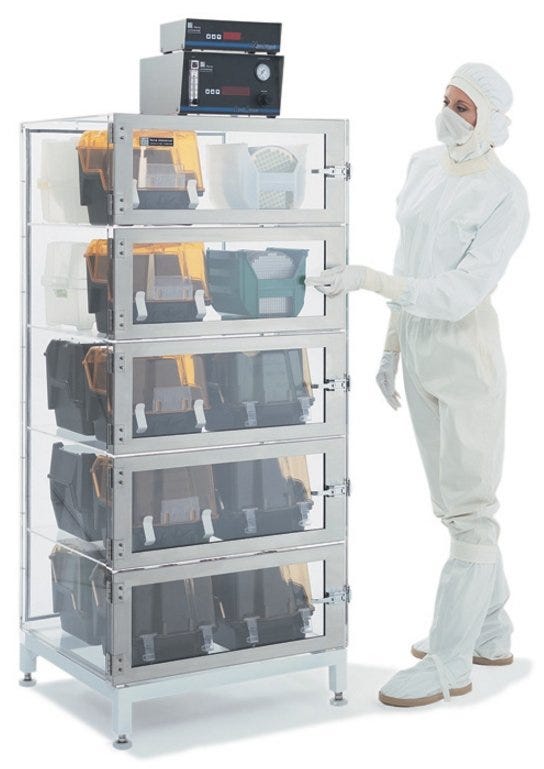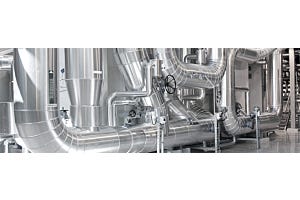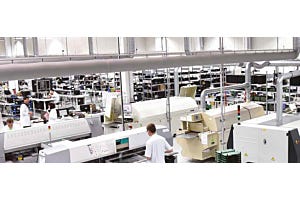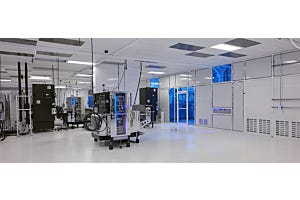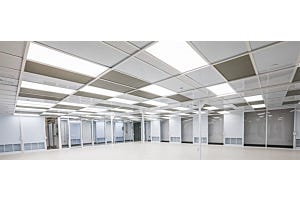- +1 (714) 578-6100
Hours Mon - Fri, 07:00 AM - 06:00 PM (Pacific Time)
Monthly Archives: March 2016
-
Posted: March 24, 2016Read more »
Sterilization is a process designed to destroy and remove all forms of life present in a certain region. It’s accomplished by use of physical or chemical means. Autoclaves, for example, steam sterilize by high pressure and heat (250°F/121°C at the low end).
Another sterilization-by-heating technique uses infrared to kill microorganisms in a few seconds using temperatures up to 1500°F/815°C. On the chemical front, hydrogen peroxide can break down cellular tissue.
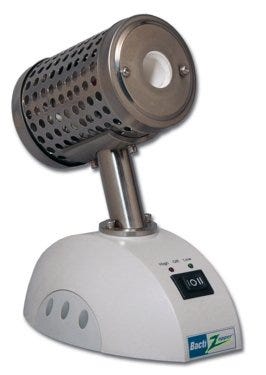
BactiZapper™ Infrared sterilizer from Benchmark Scientific
Sterilization can also be used to eliminate
-
Posted: March 21, 2016Categories: General TopicRead more »
Controlled environments act as secluded clean spaces for performing select applications in a manner that protects the internal samples or materials and/or the workers involved. Air pressure is a key component of a cleanroom. The internal pressure and, by design, the differential pressure, are closely regulated and maintained. Basic chemistry tells us that high pressure air has greater mass than low pressure air, and given the opportunity, will flow into the less dense environment.
Ascending or descending pressure differentials are part of the foundation of most controlled environments. Maintaining a specific differential between adjacent areas reduces the inflow of airborne particulates and/or prevents hazardous materials from escaping. The type of application dictates whether a positive or negative pressure space is required. So, how do these two pressure types differ?
Isolation
-
Posted: March 10, 2016Read more »
Desiccators, sometimes called dry boxes, provide a low-humidity atmosphere for storage of items and materials that would otherwise be damaged by moisture. Desiccators are used for a wide range of applications across several scientific disciplines.
In chemistry and biology, desiccators are often used to store hygroscopic reagents and chemicals. Keeping these compounds in a low-humidity environment drastically increases their shelf life. In semiconductor research and manufacturing, dry storage is often employed to prevent damaging oxidation of wafers and other components that can lead to immediate or latent failures.
In order to achieve a low relative-humidity (RH) atmosphere for storage within a desiccator, two storage techniques are commonly used: desiccant-based and nitrogen-purged.
Benefits of Desiccant
A desiccant is a hygroscopic material, often silica gel. We’ve all seen “pillow packs” in pill bottles and electronic packaging.



